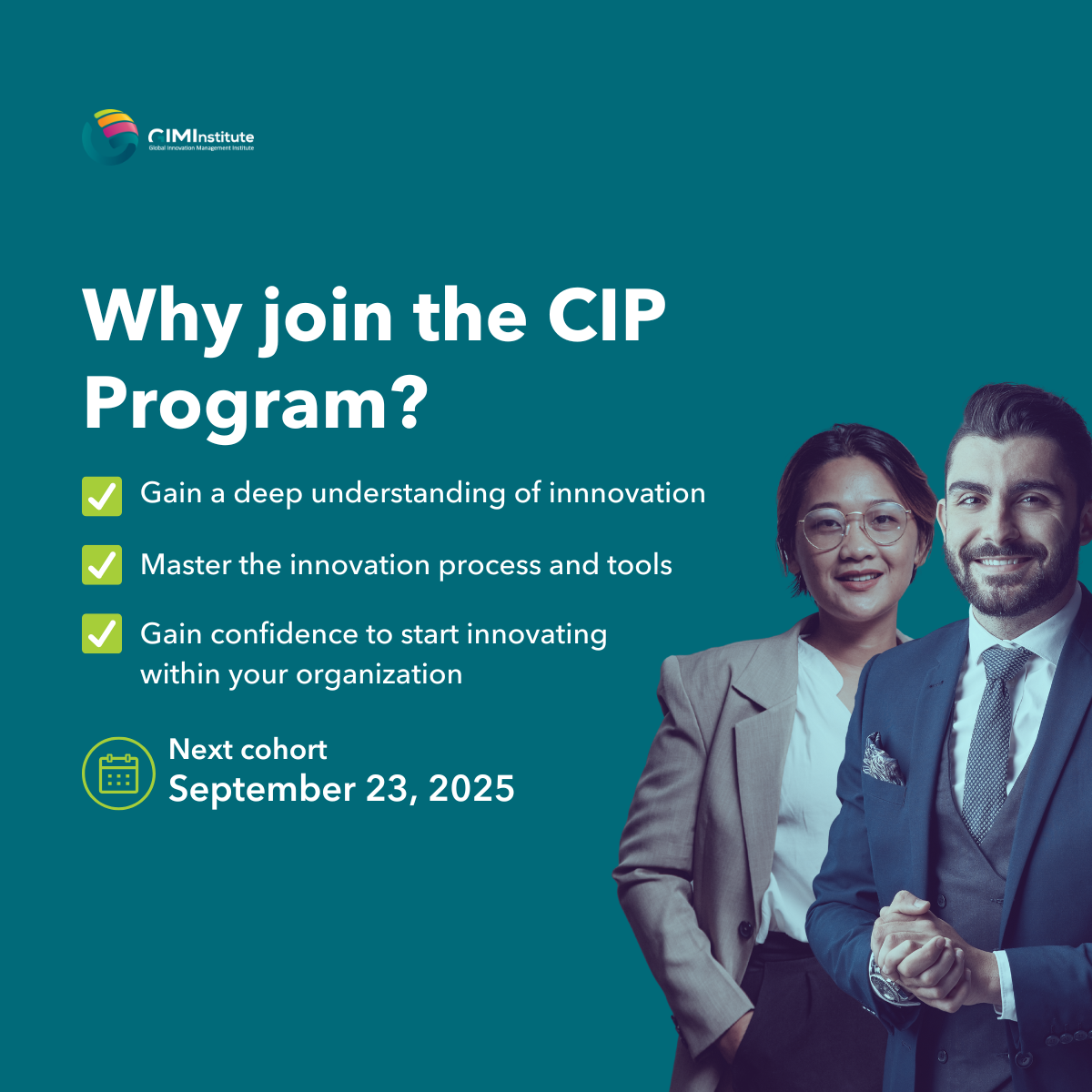Government Innovation From Within: The Impact Of Innovation
UAE Edition. Part 3
INNOVATION IMPACT
By: Rafael Lemaitre, ShiftIN Partners
Measuring the impact of innovations is not a straightforward task and is an area of high subjectivity. However, it is important to try to understand the perceived impacts that innovations have within the different entities surveyed. We asked the respondents if their organisations had some sort of mechanism or measurement system in place to assess the results of their innovations and only half of them responded positively. Nevertheless, although at low rates, encouraging signs also emerged as entities were looking at evaluating their innovation process regularly (27.4% fully implemented / 33.5% partially implemented), as well as evaluating the impact of their innovations in terms of outputs and outcomes (25.5% fully implemented / 37.0% partially implemented).
While analyzing the impact of the Most Important Innovations (MII), respondents reported the following set of positive effects as being at the top: improvement of the quality of services, increase in the speed of delivering services and delivering new services. The table below presents the ranking of the positive effects associated with these innovations.
Important conclusions arise when innovations are transformative in nature and when they are cross-cutting (i.e. they do not involve only one type of innovation). In these cases the impact reported was higher and there was a clear and significant positive association between these variables and the positive effects delivered within the entities.
In addition to reviewing the internal effects on the entities, we also analyzed the perceived impacts that innovations have on outcomes. This analysis does not, of course, imply any causality between innovations and outcomes, but it does give an indication of their association. To this end, we asked the respondents to identify, to their best knowledge, the positive and negative effects of their Most Important Innovation on a set of predefined outcomes.
The results of the analysis showed that the top rated positive outcomes were the increase of the quality of life of citizens and residents and the reduction of negative impacts on the environment. The top “neutrally” rated outcomes were the enhanced access to finance for citizens, residents, and businesses, and the decrease in the cost of living.
Conclusions
Through our first analysis of the survey results we have identified actions that entities could take towards improve their innovation process.
At the organisation level, the government entities could exploit their strengths at the front-end of the innovation process and move their efforts to the back-end, setting clear innovation intents/goals (and/or innovation strategies), placing in parallel a careful focus on the role of leadership. Awareness should be created in this role in supporting failure and fostering experimentation, in order to create a culture that encourages innovation.
At the individual level, strong emphasis should be given in the development of senior management capabilities in the balance of risk and innovation. The government entities should build capabilities in the management of innovation and more specifically in the addressing and management of the risk embedded in the innovation process.
In regards to the innovation initiatives, the government entities should prioritize projects that are shorter to materialize in terms of time and in the process adopt the principles of lean innovation. Instead of waiting until the later stages of innovation projects, the focus should be on moving quickly and testing and challenging assumptions at the initial steps of the design and incubation mechanisms. This should help develop the concepts and prototype them in a rapid manner.
Lengthy innovation projects with time horizons of over six months / one year mark should be carefully re-assessed whether or not these should continue, be re-scoped, or abandoned.
Finally, innovations that are cross-cutting and do not have a single focus on improving only one element in the outputs range should be prioritized. This white paper summarizes one of the few quantitative researches undertaken in government innovation in the Middle East and is a first step towards having a more systematic approach of measuring different aspects of how innovation happens and delivers results.
Our Perspective Going Forward
Methodology Note
The primary research involved 243 questionnaire interviews conducted across UAE Federal entities as well as Emirate level entities. The respondents were, in their majority, middle and senior management personnel. All responses are confidential and data has been disaggregated making it impossible to track individual responses.
The questionnaire was built incorporating lessons learned from other similar exercises around the world, (i.e. Innobarometer 2011; MEPIN 2011; Australian Public Service Commission 2012).The questions were peer-reviewed by experts in the field and were subject to extensive cognitive testing by a group of 35 UAE Government civil servants.
The statistical analysis behind these results included a variety of methods applied (i.e. generalized linear models), more details can be furnished upon request.
About ShiftIN Partners
ShiftIN Partnersis a leading strategy management consulting firm focused on helping clients manage strategy and innovation programs that enable the organization to achieve the necessary Shift, working from withIN. ShiftIN professionals have successfully led several consulting engagements worldwide, Partnering with customers in the Government, Utilities & Infrastructure, Oil & Gas, Manufacturing, Healthcare & Pharmaceutical, Financial Services and Telecommunications sectors.






